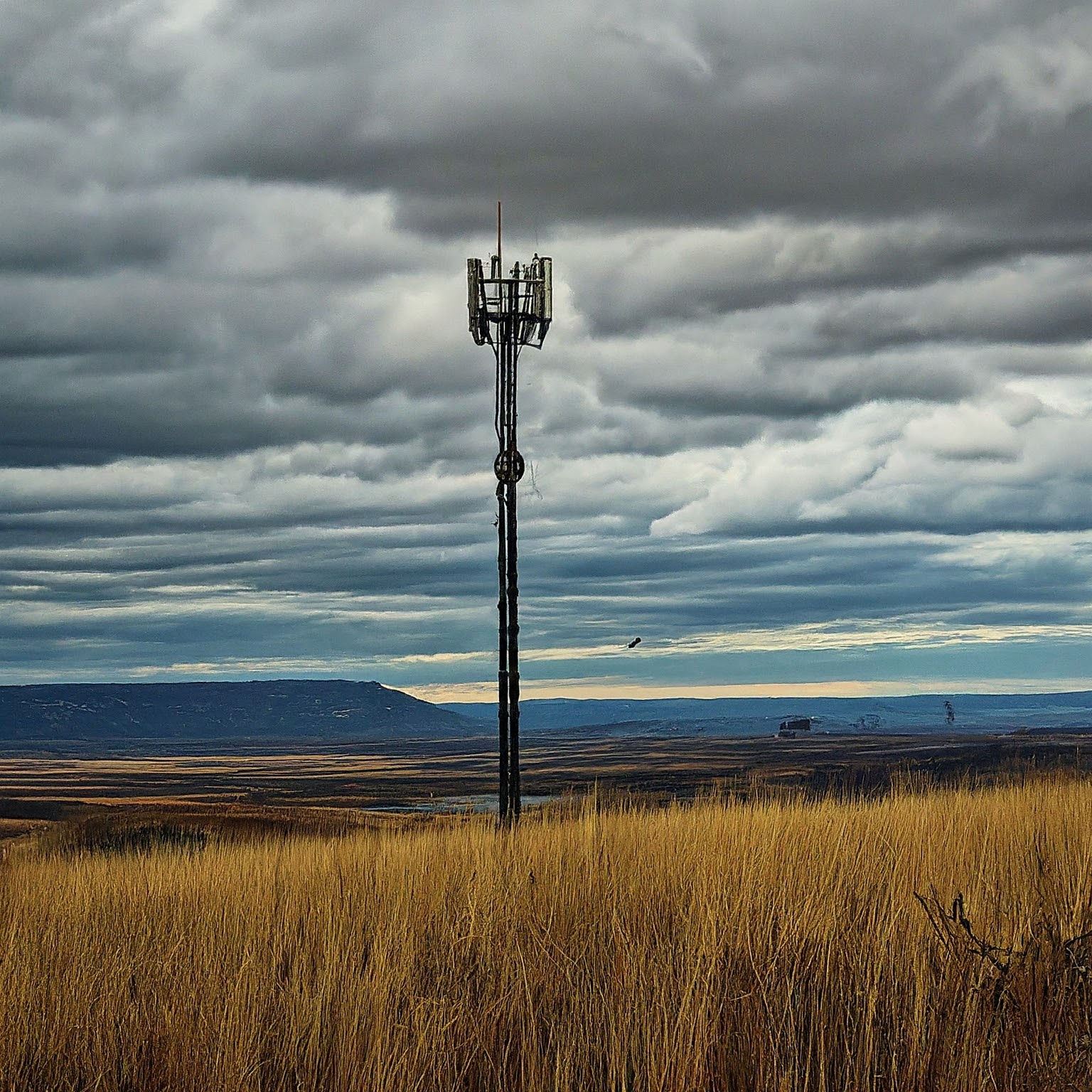Straight Talk has earned a reputation for offering affordable cell phone plans without compromising nationwide coverage. But how does a company with such competitive pricing manage to provide such extensive service? The answer lies in its clever utilization of cell towers.
This comprehensive guide delves into the world of Straight Talk cell towers, exploring how the company leverages existing infrastructure to deliver reliable service across the United States. We’ll uncover the intricacies of Mobile Virtual Network Operators (MVNOs), the major carriers Straight Talk partners with, and the implications for your coverage experience.
Understanding Straight Talk Cell Towers: The MVNO Model

Straight Talk operates as an MVNO, which means it doesn’t own or operate its own physical cell towers. Instead, it partners with major carriers to utilize their existing network infrastructure. This allows Straight Talk to focus on providing affordable plans and excellent customer service while relying on established networks for coverage.
Think of it like renting an apartment instead of owning a house. You get to enjoy the benefits of living in the space without the responsibilities and costs associated with ownership. Similarly, Straight Talk leases access to cell towers from major carriers, enabling it to offer cost-effective plans without the burden of building and maintaining a nationwide network.
Which Straight Talk Cell Towers Are You Using?
Straight Talk primarily partners with Verizon, AT&T, and T-Mobile, three of the largest wireless carriers in the United States. This means that depending on your location and plan, you’ll be utilizing cell towers owned and operated by one of these major carriers.
This has significant implications for your coverage experience. Each carrier has its own strengths and weaknesses in terms of network coverage, speed, and reliability. For instance, Verizon is generally known for its extensive coverage and strong signal in rural areas, while T-Mobile excels in urban areas with fast data speeds.
Straight Talk doesn’t explicitly disclose which carrier’s network you’ll be using when you sign up. However, there are ways to determine this:
- Check your phone’s settings: Your phone’s network settings might display the carrier name, giving you a clue about the cell towers you’re connected to.
- Use a network analyzer app: Several apps can identify the carrier network your phone is using based on signal strength and other parameters.
- Contact Straight Talk customer support: They can provide information about the underlying carrier network in your area.
Benefits of Using Straight Talk Cell Towers
Leveraging existing cell towers from major carriers provides several benefits for Straight Talk customers:
- Nationwide coverage: By partnering with multiple carriers, Straight Talk can offer extensive coverage across the United States, including rural and urban areas.
- Affordable plans: Without the costs of building and maintaining cell towers, Straight Talk can offer competitive pricing on its plans.
- Access to advanced network technologies: You can benefit from the latest network technologies, such as 5G, depending on the carrier and your location.
- Flexibility: You can choose a plan that best suits your needs and budget, knowing that you’ll have access to reliable coverage.
Potential Drawbacks to Consider
While the MVNO model offers many advantages, there are a few potential drawbacks to be aware of:
- Network prioritization: During times of network congestion, major carriers might prioritize their own customers over MVNO users like Straight Talk. This could potentially lead to slower data speeds or reduced call quality in crowded areas.
- Limited control over network upgrades: Straight Talk relies on its partner carriers for network upgrades and improvements. This means they have less control over the timing and implementation of new technologies.
- Varying coverage depending on the carrier: Your coverage experience might vary depending on the underlying carrier network in your area. Some areas might have stronger signals or faster data speeds than others.
Tips for Optimizing Your Straight Talk Experience
- Check coverage maps: Before signing up, use Straight Talk’s coverage map and the maps of their partner carriers (Verizon, AT&T, T-Mobile) to assess the signal strength in your area.
- Choose the right phone: Ensure your phone is compatible with the network technologies used by Straight Talk’s partner carriers.
- Monitor your data usage: Keep track of your data consumption to avoid overage charges or speed throttling.
- Troubleshoot connectivity issues: If you experience network problems, contact Straight Talk customer support for assistance.
- Consider a signal booster: If you live in an area with weak signal strength, a signal booster can help amplify the signal and improve your connection.
Straight Talk Cell Towers: A Smart Approach to Affordable Connectivity
By utilizing cell towers from major carriers, Straight Talk offers a compelling proposition for budget-conscious consumers seeking nationwide coverage. While there are potential drawbacks to consider, the benefits of affordable plans, extensive coverage, and access to advanced network technologies make Straight Talk a popular choice for many.
Understanding the intricacies of Straight Talk cell towers empowers you to make informed decisions about your wireless service. By checking coverage maps, choosing compatible devices, and monitoring your usage, you can optimize your Straight Talk experience and enjoy reliable connectivity without breaking the bank.
لا تعليق